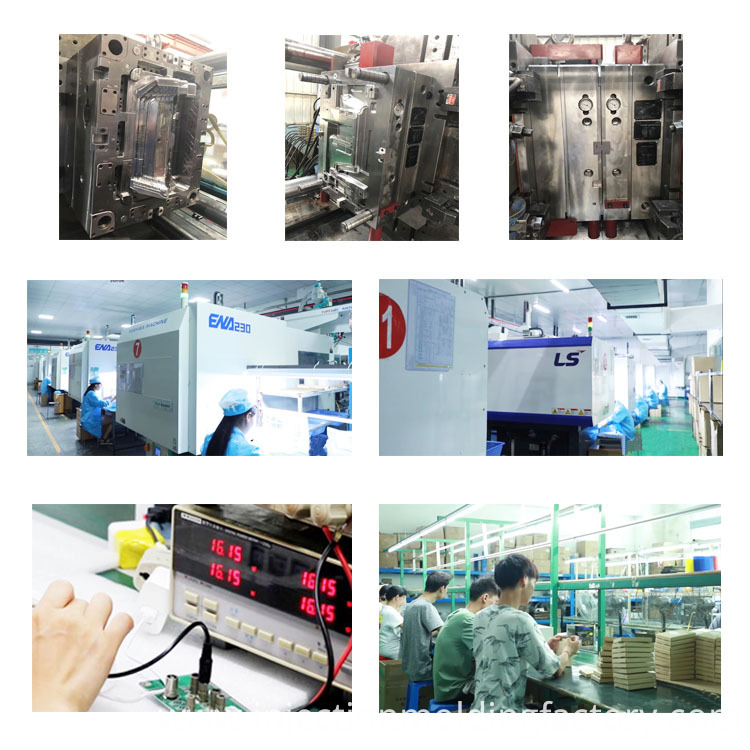Formation and realization of the tooth profile In the processing of the involute gear, most of the methods of hobbing are used. During the machining process, the axis of the gear hob forms an angle with the end face of the gear wheel blank (this angle is equal to the lead angle γ of the hob), and the projection of the hob on the end face of the gear is equivalent to a rack, so The machining principle is the same as that of the rack tool.
When the displacement gear is machined, the other straight line l'1 parallel to the rack cutter index line l1 and spaced apart by xmn becomes a pitch line. The meshing of the rack tool with the wheel blank is equivalent to the rolling circle of l'1 and the wheel blank for pure rolling. In this paper, the tooth profile formation is analyzed by the blade part of the right half of the rack tool. During the machining process, the gear involute curve part C12 cut out in the cutting edge of the cutting edge, the part of the cutting edge A23 (arc) above the top line of the tool and the transition of the involute tooth profile and the l34 tooth root circle cut out Curves C23 and C34. By arranging the curves and eliminating the useless parts, you can get the curve of the left half of the single tooth. Among them, CP1P2, CP2P3, and CP3P4 are part of C12, C23, and C34, respectively, and P1, P2, P3, and P4 are the intersections of the addendum circle and C12, C12 and C23, C23 and C34, C34 and the root circle, respectively.
Single tooth left half curve Table 1 Equation name coordinate equation of the right half of the rack tool (in the coordinate system shown in 1) Remarks l12S=tan(Ï€2-α)T xnm-tan(Ï€2-α)Ï€m4A23T=Ï( Sinβ-tanÏ€/2-α2)-(h3a c3)tan((Ï€2-α) Ï€n4S=Ï(1-cosβ) (xn-h3a-c3)m where: β is a variable and 0°≤≤70Â°Ï is The arc radius of the rack tool is known to be l34S=(xn-h3a-C3)m. The curve equation of each part of the tooth profile is obtained by the tooth normal method, and the curve equations of each segment are shown.
SolidWorks-based modeling process Because VB can flexibly call API functions in SolidWorks, and is easy to use, I use VB as a development tool. Because SolidWorks does not have the function of generating free curves for functions like Pro/E and I-DEAS, in order to accurately draw curves, it is usually implemented by determining a series of point coordinates in the curve and then connecting them with splines. Take the generation of the curve CP1P2 as an example.
First determine the coordinate value of P1 point, because P1 is the intersection of the addendum circle and curve CP1P2, there are equations: x2P1 y2P1=r2axP1=Tl12cosθ Sl12sinθ r(sinθ-θcosθ) Mechanical manufacturing and research Qiu Chengxun, etc. Involute Displacement Gear Entity Modeling 0Next The rest of each segment of the curve generation principle is the same as CP1P2. Since the curve on the right half side is symmetric with respect to the left axis on the Y axis, it can be obtained according to the symmetry. Then call the CreateArcVB method of SolidWorksAPI to draw the arc between P1P1' and P4P4'. At this point, the gear of the single tooth is drawn.
Call the FeatureExtrusion method to stretch the grass and use the FeatureCirPattern to make a circular array based on the gear center axis to get the desired gear.
Conclusion In the modeling of most involute gears, due to the limitations of Solid2Works' own functions, the method of approximating the curve is often used, which not only makes the gear tooth profile less accurate, but also makes the subsequent analysis and research results not true enough. In this paper, the curve of each part of the tooth profile is obtained from the principle of gear machining, which greatly improves the accuracy of gear drawing, and the analysis result is more reasonable.
Silicone mould is a special mold for making crafts. According to performance, the raw materials of glue can be divided into ordinary silicone and weather silicone. The characteristics of silicone are high temperature resistance, corrosion resistance, strong tear resistance, high simulation precision, and it is used to make various handicrafts mold.
Mold should be made in time after the silicone is matched. Pour the glue on the highest part of the mold in a trickle, let it flow naturally, brush it in place with an oil paintbrush where the flow is not in place, if it is a piece of silicone, not only fill the entire product, but also brush the glue evenly. Each product should be brushed with at least three layers of silicone. The thickness of each layer of silicone is 1mm. In the process of brushing the silicone, each layer is required to be cured before the other layer can be brushed. When brushing the third layer, add one layer on top of the second layer. The thickness of the silica gel part of the whole mold is controlled in 3-4mm according to the different requirements of the size of the product, and the width is not greater than 60 mm of the product width. The time for the silicone to set is 20 minutes.

Silicone Injection Molding, Moulding Silicone, Rubber Molds, Rubber Mold Making
Sung Precision Mould & Plastic Co., Ltd. , https://www.dginjectionmolding.com